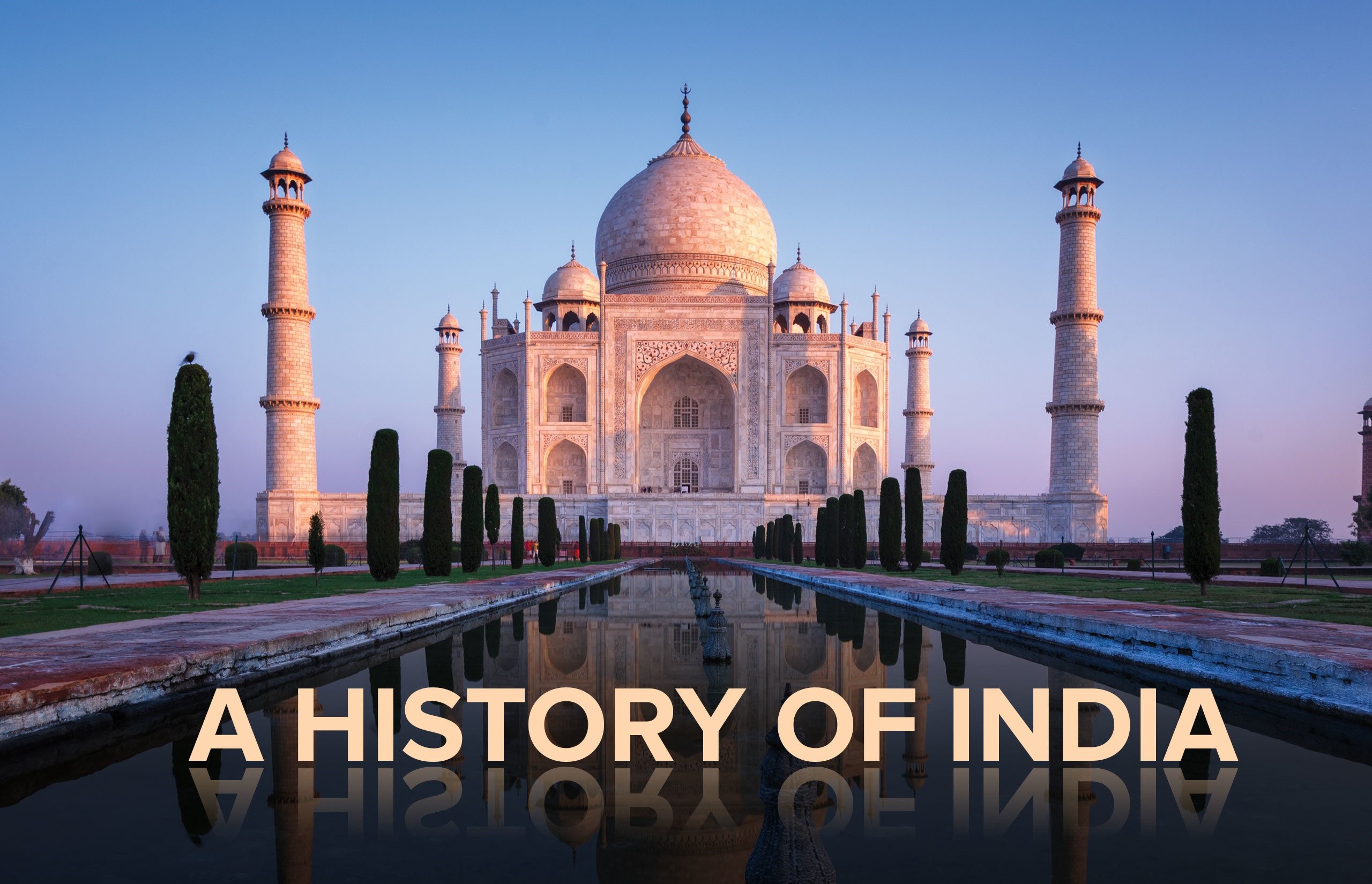Foreign Successors of Mauryas
II. Foreign Successors of Mauryas
The Indo-Greeks : 2nd Century BC
» Indo-Greeks (Bacterian Greeks) were the first foreign rulers of North-Western India in the Post-Maurya period.
» The most famous Indo-Greek ruler was Menancieri 165 BC-145 BC), also known as Milinda. He was converted to Buddhism by Nagasena or Nagarjuna.
» The Indo-Greek rule is important in the history of India because of the large number of coins which they issued.
» The Indo-Greeks were the first rulers in India to issue coins which can definitely be attributed to the kings.
» They were the first to issue gold coins.
» They introduced Hellenic i.e. Greek features in art giving rise to Gandhar school in the North-Western India.
The Sakas : 1st Century BC-4th Century AD
» The Sakas also known as Scythians, replaced the Indo-Greeks in India.
» Among the five branches of Sakas with their seats of power in different parts of India, the most important was the one which ruled in Western India till the 4th Century AD.
» The most famous Saka ruler in India was Rudradaman (130 AD-150 AD). He is famous not only for his military conquests (particularly against the Satavahanas) but also for his public works (he repaired the famous Sudarsan lake of the Mauryan period) and his patronage of Sanskrit (he issued the first- ever long inscription in chaste Sanskrit).
» Other important Saka ruler in India were Nahapana, Ushavadeva, Ghamatika, Chashtana etc.
» In about 58 BC a king of Ujjain - Vikramaditya - is supposed to have fought effectively against the Sakas. An era called Vikrama Samvatis recknoed from 58 BC.
The Parthians : 1st Century BC-lst Century AD
» Originally the Parthians (Pahlavas)lived in Iran, they replaced the Sakas in North-Western India, but controlled an area much smaller than the Sakas.
» The most famous Parthian king was Gondaphemesin whose reign St. Thomas is said to have come to India for the propagation of Christianity.
The Kushans : 1st Century AD-3rd Century AD
» The Kushans were one of the five Yeuchi clans of Central Asia.
» They replaced the Parthians in North-Western India and then expanded to the lower Indus basin and the upper and middle Gangetic basin.
» The first Kushan dynasty was founded by Kadphises I or Kujul Kadhphises. The second king was Kadphises II or Vema Kadphises who issued gold coins.
» The second Kushan dynasty was founded by Kanishka. Its kings extended the Kushan power over upper India. Their capitals were at Peshawar (Purushapura) Mathura.
» The most famous Kushan ruler was Kanishka (78 AD -101 AD), also known as Second Ashoka'. He started an era in 78 AD which is now known as the Saka era and is used by the Government of India.
» Kanishka was a great patron of Mahayana Buddhism. In his reign 4th Buddhist council was held in Kundalavana, Kashmir where the doctrines of the Mahayana form of Buddhism were finalised.
» The last great Kushan ruler was Vasudeva I.
» The Kushans controlled famous silk route starting from China, passing through their empire on to Iran and Western Asia. This route was a source of great income to the Kushans.
» The Kushans were the first rulers in India to issue gold coins on a wide scale.
» In the royal court of Kanishka a host of scholars found patronage. Parsva, Vasumitra, Asvaghosha, Nagarjuna, Charakand Matharawere some of them.
» In 46-47 AD, Hippalus, a greek sailor, discovered the monsoon sea-route to India from West Asia.
